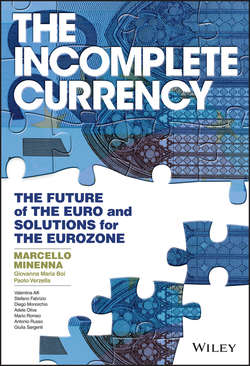Читать книгу The Incomplete Currency - Marcello Minenna - Страница 17
Chapter 1
The Building Blocks of the Single European Currency
1.1 The Basic Concepts: Financial Flows, Risks and Probability Distribution
1.1.4 The Credit Default Swap (CDS)
ОглавлениеIn the previous section, we learned that the credit spread measures the extra return necessary to compensate the holder of a specific bond of the perceived credit risk of the issuer; this is an indicator which assumes that the investor is materially the owner of the bond and bears the risks of insolvency.
On the financial market at the beginning of the 90s, operators started negotiating the financial derivative products–so-called Credit Default Swaps or CDSs–that allow you to acquire (and sell on) the risk of default of an issuer without having to be the holder of the underlying asset. In simple words, the buyer of a CDS gets insurance against the default of a given issuer in exchange for the payment of a periodic premium. If all goes well, the CDS buyer only pays the premiums and doesn't receive anything until the expiry of the contract; but if the issuer defaults, the CDS seller must refund the buyer with a sum that covers the loss in the value of the bond. It is reasonable to assume that the higher the perceived credit risk of the issuer, the higher the periodic premium required by the seller to provide the insurance. This premium (the CDS spread) is therefore a further measure that operators use, alongside the credit spread, to assess the credit risk of a particular subject (banks, companies, sovereign states).
Figure 1.10 presents a summary of the definition of CDS.
Figure 1.10 Credit Default Swap contract (CDS)
Later we will explore the similarities and the differences between these two different measures. At the moment it is enough to remember that in one case (credit spread) the material possession of the bond is assumed while in the other (CDS spread) the presence of the bond is not necessary.
